Yoga practice for static and dynamic balance training
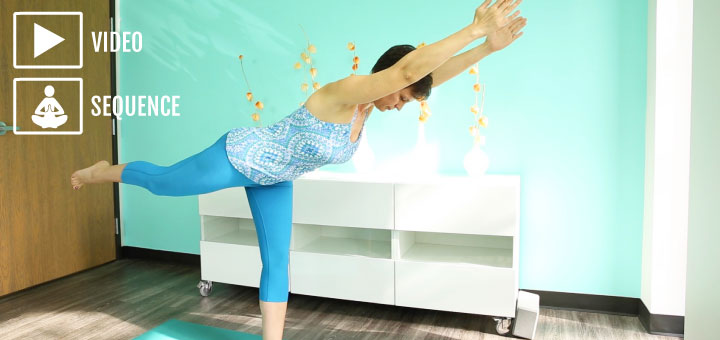
My son loves to watch this YouTube video of Danny MacAskill riding his bike across the rooftops of Gran Canaria. Needless to say, this type of physical performance requires unbelievable strength and balance that is beyond capacity for most of us. In our daily lives, we are mostly concerned with keeping our balance in the upright position on our own two feet, especially if we miss a step, slip in a bathtub, or trip over a tree root. That is why standing balancing poses are relevant and important for all of us.
Some of those balancing poses can look rather intimidating. It is not so easy to stand on one leg and attempt to hold the toes of the other, extended leg (as you would do in Utthita Hasta Padangustasana, or stand on one leg and pull the other foot toward the head behind you (as you would do in Natarajasana). Those poses can certainly be a fun challenge to tackle, but you don’t need them to train your balance. One common expression that applies well here is “Work smarter, not harder.”
In any balance pose, our goal is to maintain balance, regardless of whether your toes are barely touching the floor or barely touching your head. As you will see in the practice below, even the most basic balancing poses can be rather challenging if we hold them for a while and maintain a steady breathing pace. In fact, simpler poses are preferable in training balance because, here, you are focusing on the balancing aspect of the pose rather than spinal mobility, hip flexibility, hamstring pliability, and all other additional factors that come into play in more difficult poses.
The yoga practice below contains a number of simple standing balancing poses that will help you train both your static and dynamic balance. Feel free to modify the poses in a way that is appropriate for you (for example, it is completely up to you how deep you go into Warrior 3). Please pay attention to the breath and see if you can use your breath to create more length (for “broomstick effect”) and more support (via progressive abdominal contraction on exhale).
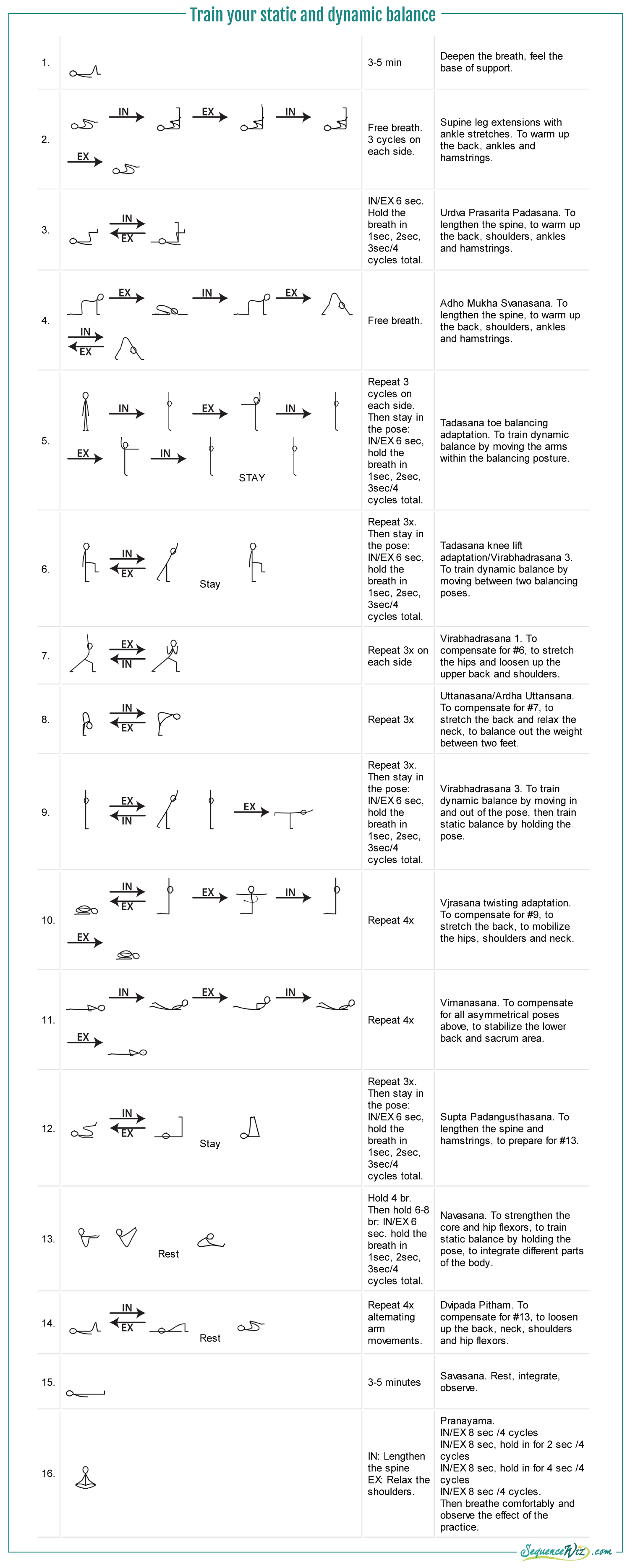
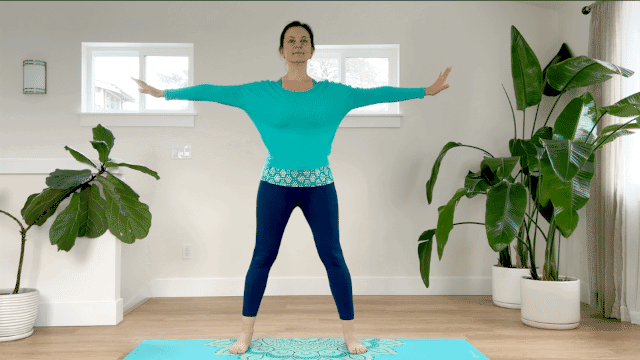
Our ability to balance can and should be trained. The question is – how do we do it since it is such a complex process involving so many bodily systems? Let’s explore! Sign up to receive a new balance practice every two weeks.



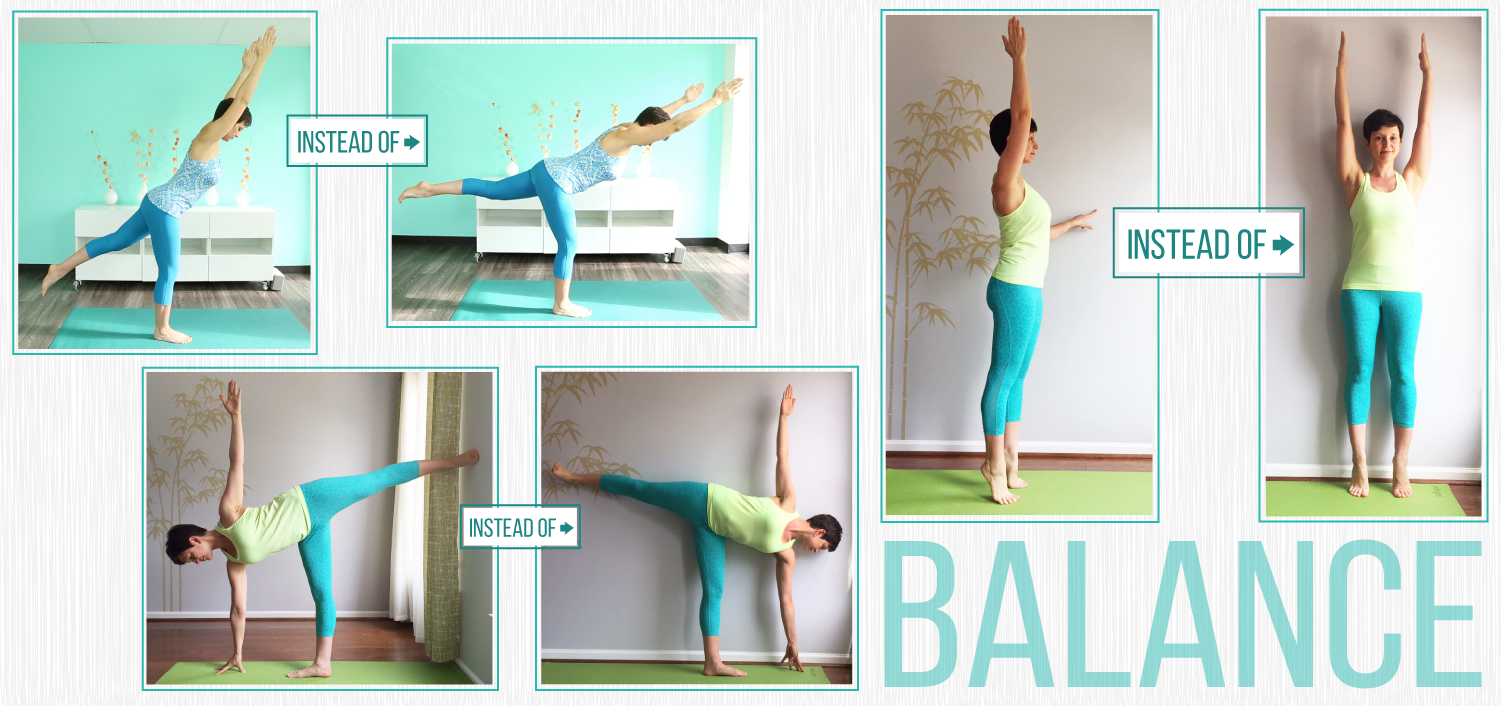

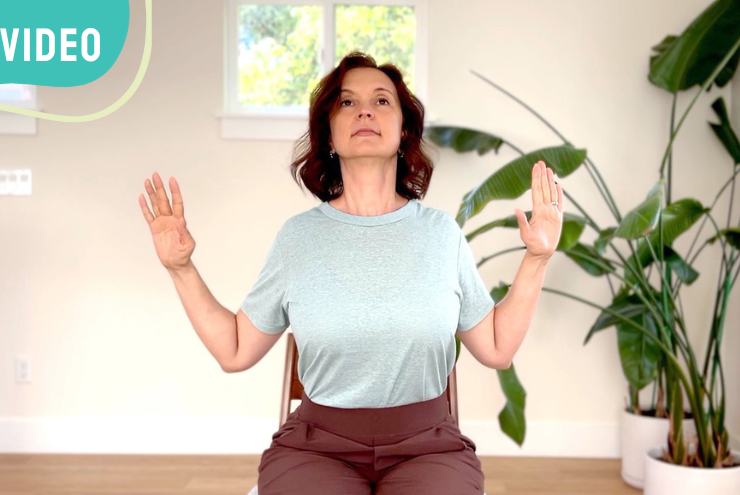
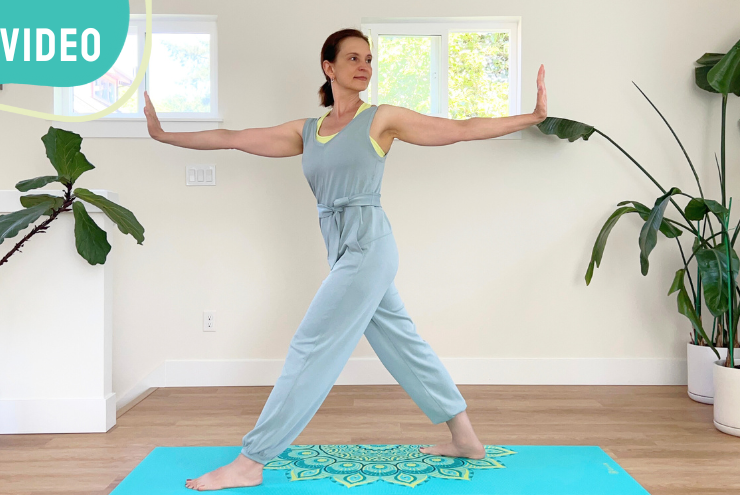
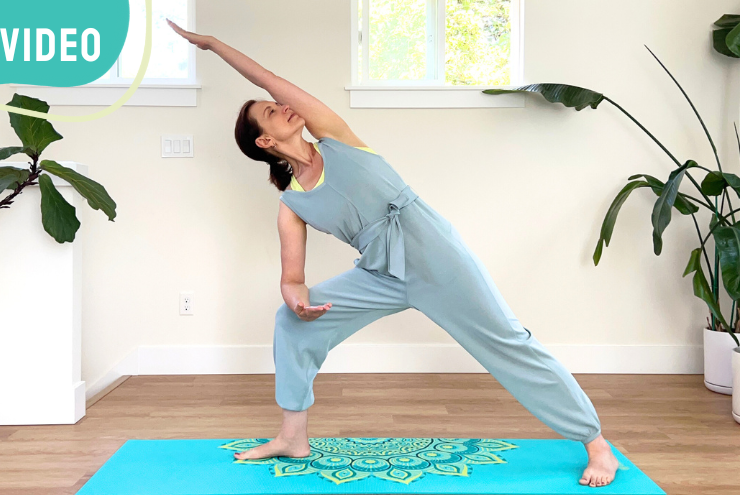


This was an amazing practice. Powerful, inwardly-directed, meditative and physical demanding. Thank you!
Thank you Marie! I love every word you used to describe it! I am happy to hear that my intention has come across 🙂
Thank you so much!! Love it, will add this to my daily home
practice, doable for all ages. Particularly love the pace and the challenge that that brings, slow and deliberate is mindful, we all need to slow down.
Thank you, Olga! Lovely, powerful. Would you be willing to discuss your decision to include repetition of lengthening HAI as part of this balance practice? With gratitude.